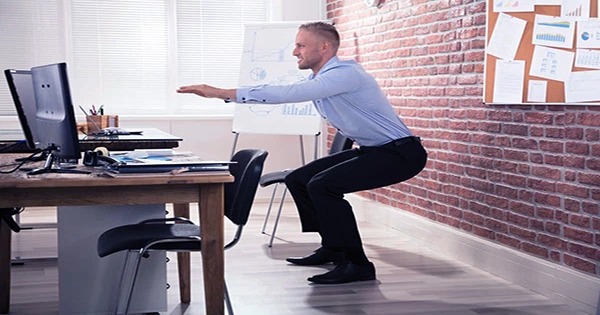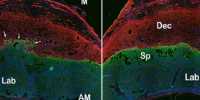The dangers of desk employment include the encouragement of prolonged sitting, which increases the risk of serious illness in humans. However, recent studies have shown that by keeping one muscle’s metabolism active for hours, a slight movement of the lower legs can offset some of the harmful consequences of sitting still.
The huge muscle on the back of your lower thigh, just below the gastrocnemius, is called the soleus muscle. We have long known that this strong muscle is essential for moving quickly while walking, running, or jumping. Scientists have now discovered a technique they’ve called the “soleus pushup” that allows you to maximize your body’s metabolic capabilities.
25 volunteers in the experimental physiological study, whose lifestyles ranged from active to sedentary, were examined. They next asked participants to execute soleus pushups while they were comfortably seated, and the outcomes were analyzed utilizing monitors and muscle samples.
When participants drank glucose beverages, blood chemistry showed that soleus pushups helped stabilize blood sugar variations by 52 percent better and reduced the need for insulin by 60 percent.
It could also increase the soleus muscles’ metabolism in a way that kept it running for hours, burning blood fats like very-low-density lipoprotein (VLDL), which raises cholesterol. The result was that, in comparison to normal rates without soleus pushups, fat metabolism was increased.
The soleus muscle’s capacity for self-renewal is probably a contributing factor in the soleus pushup’s effectiveness. The soleus uses blood glucose and lipids instead of breaking down glycogen like other muscles in the body to keep going when we walk and run without getting tired.
Because there is a clear limit to muscular endurance brought on by glycogen depletion, Hamilton continued, “the soleus’ lower-than-normal dependence on glycogen allows it perform for hours smoothly without fatiguing during this type of muscle activity.” According to our knowledge, this is the first coordinated effort to create a particular kind of contractile activity targeted at improving human metabolic processes.
The answer, as always, isn’t perfect just yet because, despite the fact that it seems like the soleus has a lot of potential to affect our metabolic health, learning the movement freestyle is challenging.
Hamilton said, “On the surface, the soleus pushup appears straightforward, but often what our unaided eyes see isn’t the complete picture. “To maximize the health benefits, it’s a very specialized movement that right now calls for wearable technology and experience.”
The discovery’s creators are currently focusing on instructions so office workers may perform the soleus pushup on their own without the assistance of a skilled lab technician. For long-term sitters who wish to enhance their health but do not have access to these pricey pieces of equipment, it represents a viable future substitute for standing desks and under-desk treadmills.















